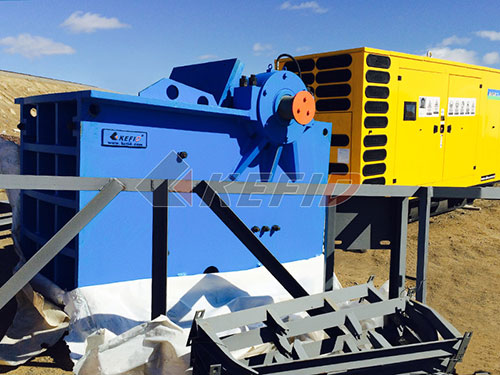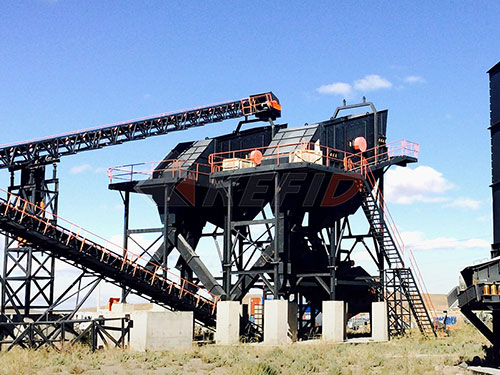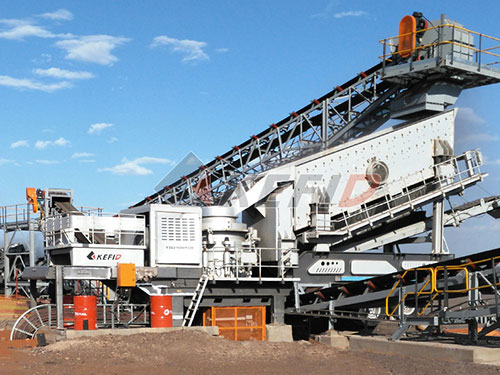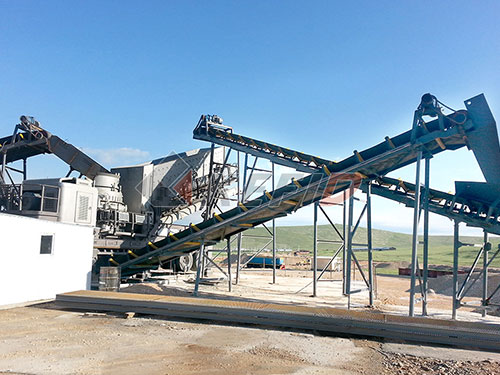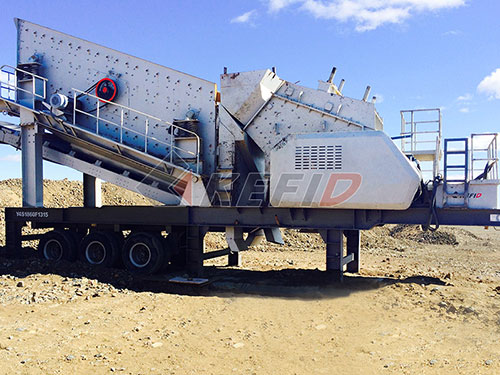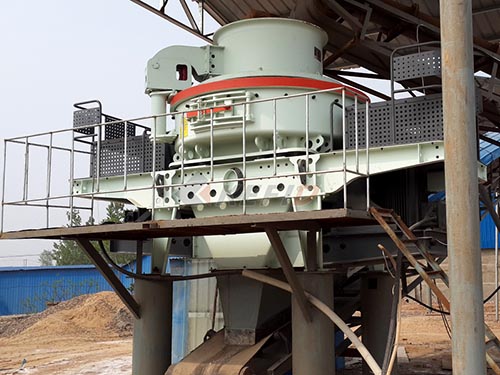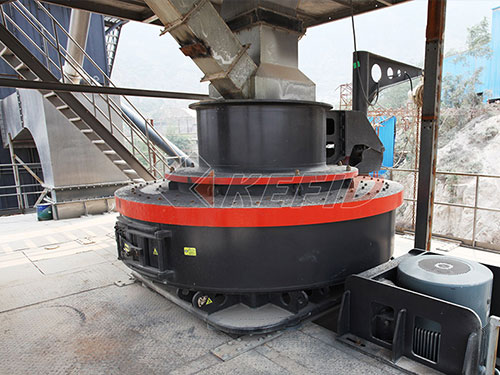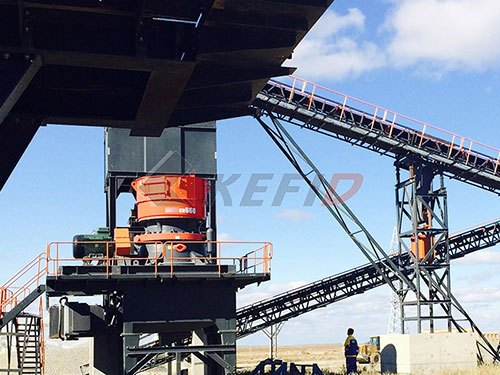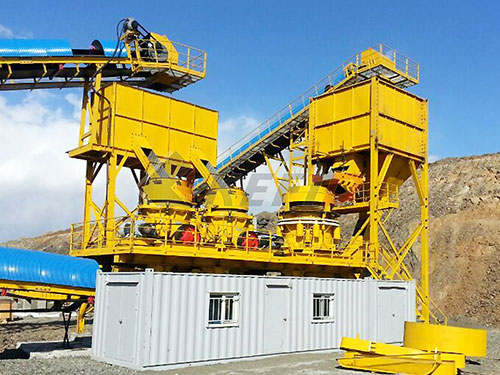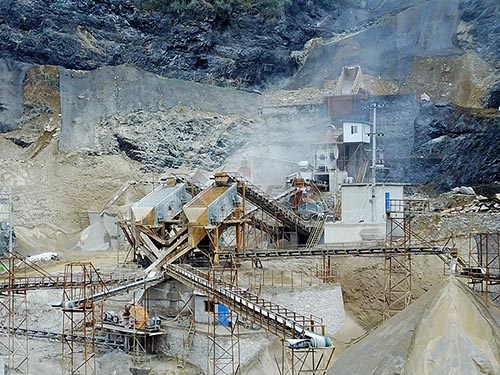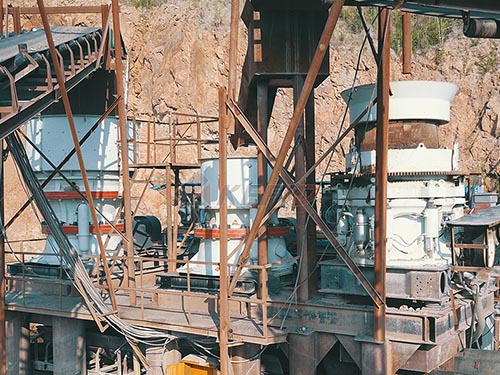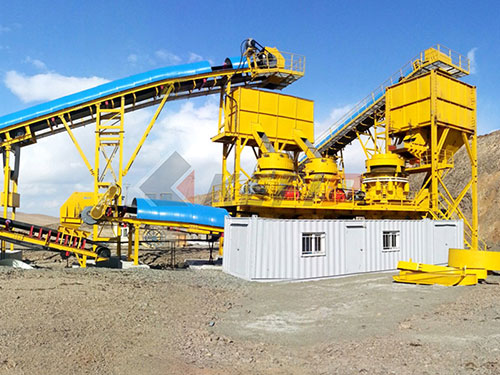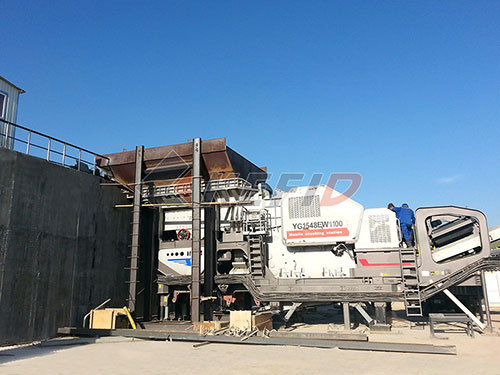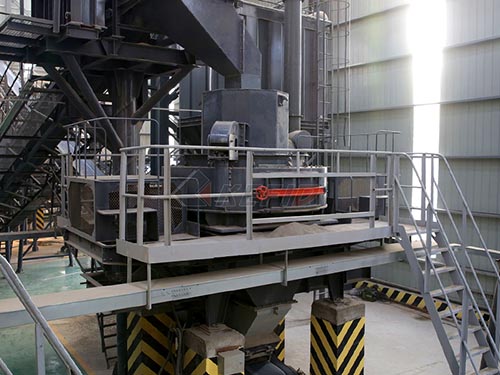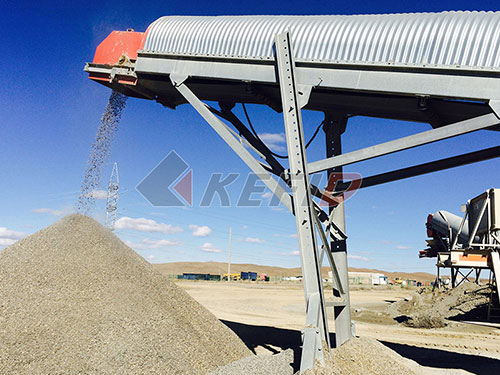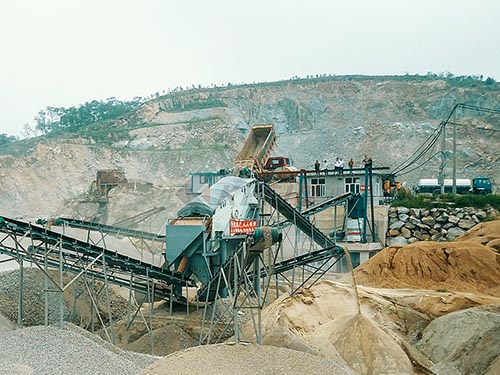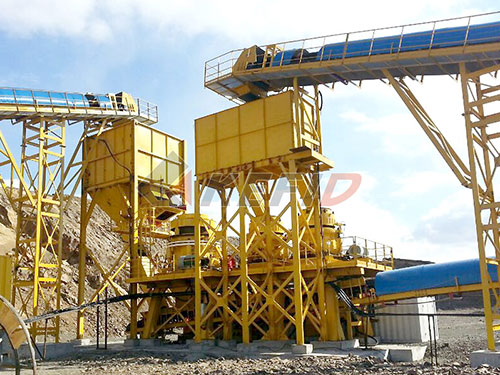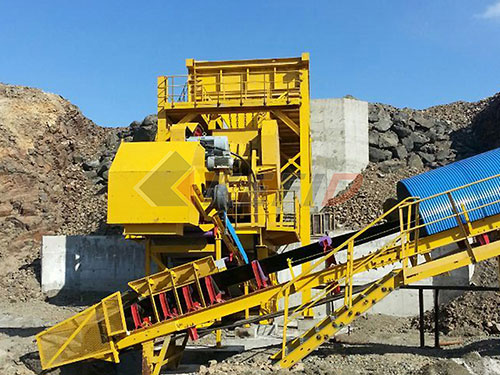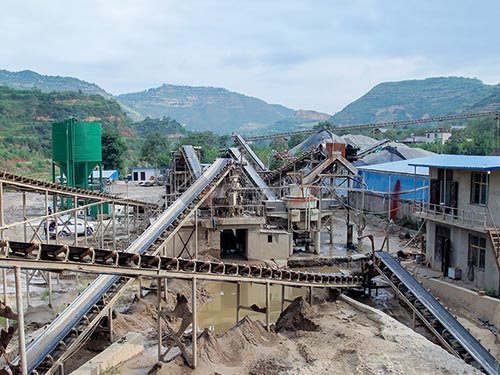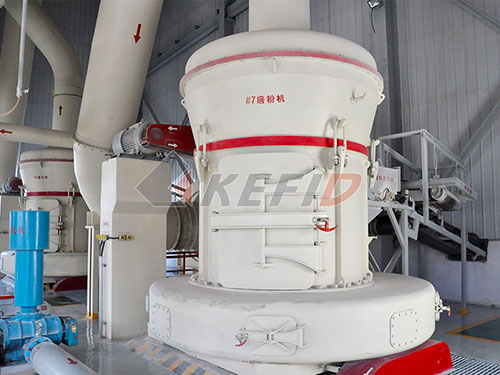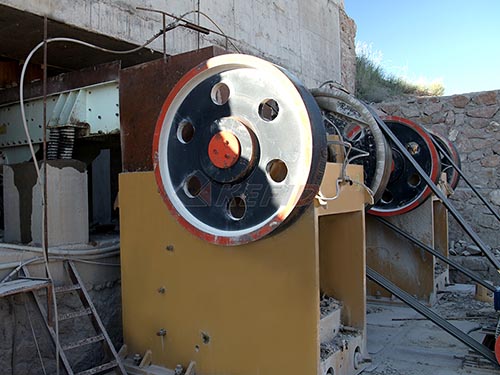The Essential Guide to Crusher Plants with Metal Detectors in Saudi Arabia: Costs, Considerations, and Market Dynamics
The Kingdom of Saudi Arabia stands as a powerhouse in the global construction and mining sectors. Driven by ambitious national visions like Saudi Vision 2030 and the colossal NEOM project, demand for aggregates – the fundamental building blocks of infrastructure – has surged exponentially. At the heart of aggregate production lies the crusher plant, a complex system designed to reduce large rocks into smaller gravel, sand, or rock dust. Within this critical process, integrating a metal detector is not merely an optional extra; it’s a vital safeguard protecting expensive machinery and ensuring operational continuity. Understanding the list price landscape for crusher plants equipped with metal detectors in Saudi Arabia requires navigating a dynamic market influenced by multiple factors.
Why Metal Detectors are Non-Negotiable in Saudi Crusher Operations
Saudi Arabia’s harsh desert environment and intensive construction activities mean crusher feed material often contains hidden threats:
1. Ferrous & Non-Ferrous Contaminants: Rebar fragments from demolished structures, excavator teeth, drill bits, loose nuts/bolts, buried cables (copper/aluminum), beverage cans, and even unexploded ordnance (UXO) remnants can be inadvertently loaded.
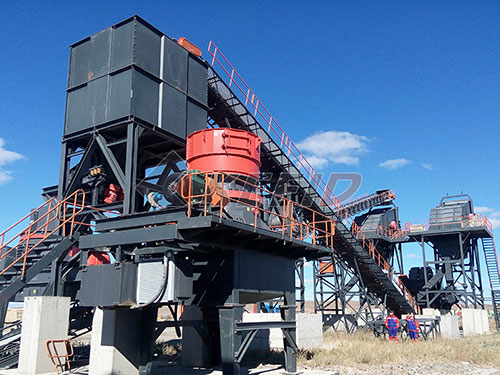
2. Catastrophic Damage: A single piece of tramp metal entering a primary or secondary crusher can cause catastrophic damage to crusher liners, mantles, concaves, rotors (in impactors), shafts, and bearings. Repair costs can run into hundreds of thousands of dollars and cause days or weeks of unplanned downtime.
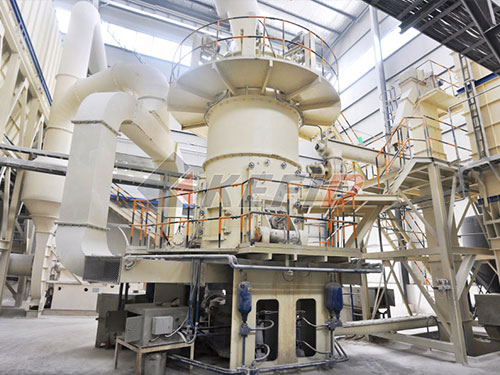
3. Downstream Equipment Protection: Metal fragments passing through the crusher can wreak havoc on conveyors (ripping belts), screens (damaging mesh), and downstream processing equipment.
4. Safety Hazards: High-velocity ejected metal fragments pose severe safety risks to personnel working near the plant.
5. Product Quality: Contaminated aggregate may be rejected for sensitive applications like ready-mix concrete or asphalt production.
A robust metal detector system acts as an indispensable sentinel:
Detection: Identifies both ferrous (magnetic) and non-ferrous metals (aluminum, copper, brass) within the conveyed feed material.
Rejection: Triggers an automated rejection mechanism (diverter plough or retractable conveyor section) to remove the contaminated material before it enters the crusher chamber.
Alerting:
